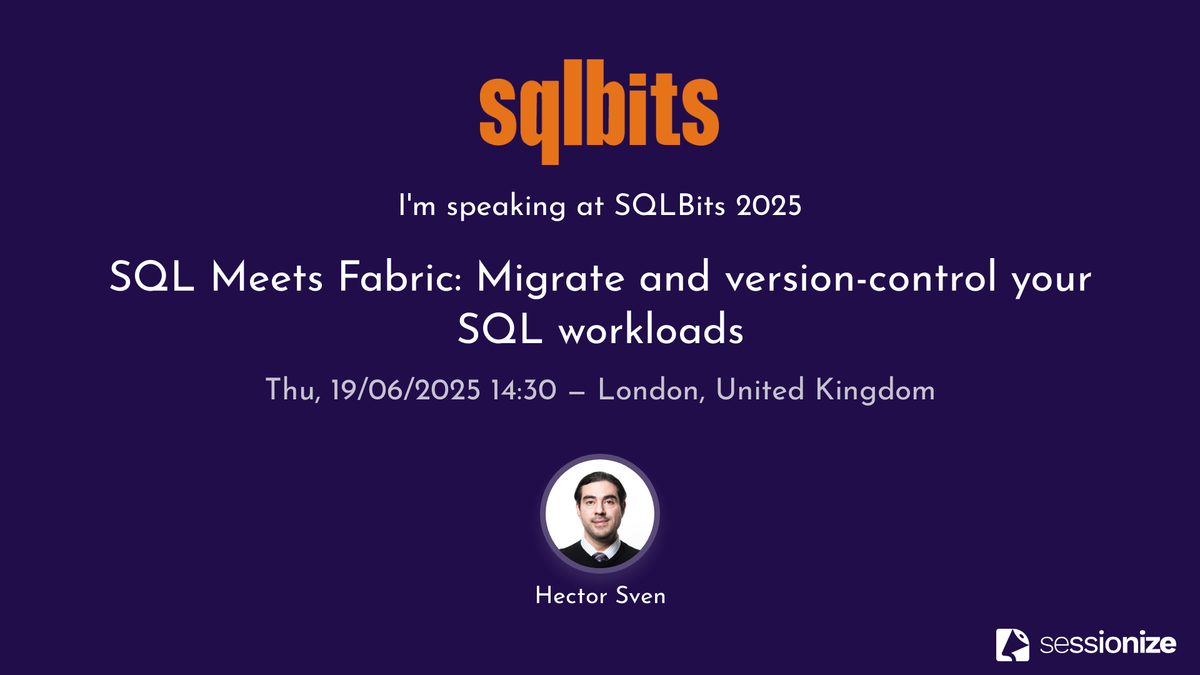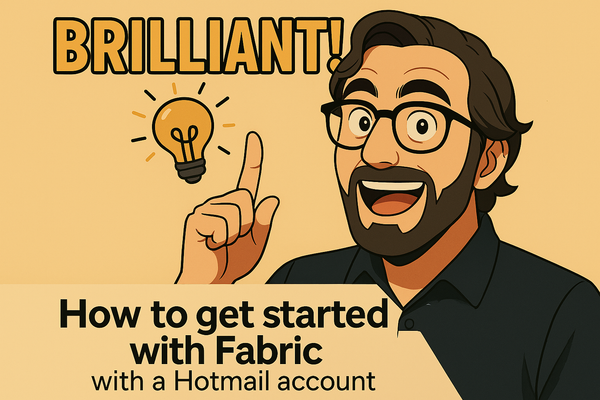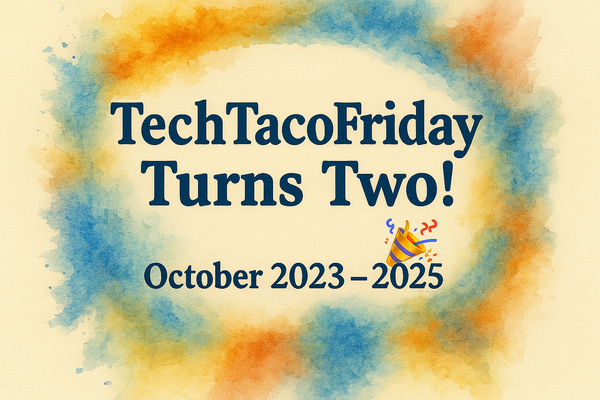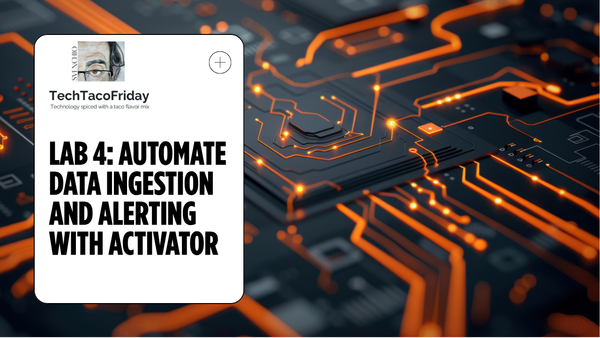SQL Bits 2025
This session explores practical techniques to migrate SQL databases to Fabric using these tools, enabling you to make the most of Fabric’s ecosystem without discarding your existing SQL investments.

I just wanted to extend a heartfelt thank you to all of you who attended my session at SQLBits 2025 — “SQL Meets Fabric: Migrate and Version-Control Your SQL Workloads.” It was an absolute pleasure to share the session with such an engaged and thoughtful audience, your questions were insightful and helped spark great conversations — thank you for your curiosity and contributions.
SQL Meets Fabric: Migrate and version-control your SQL workloads
About the session

SQL databases to Microsoft Fabric can seem daunting, especially when organizations have invested years into finely tuned schemas, stored procedures, and workflows. However, the process doesn’t need to be a reinvention. By leveraging well-established SQL techniques such as Database Projects (DACPACs), backup files (BACPACs) or brand new features like Mirrored databases, you can seamlessly migrate your databases into Fabric while maintaining data integrity and compatibility with new features.
This session explores practical techniques to migrate SQL databases to Fabric using these tools, enabling you to make the most of Fabric’s ecosystem without discarding your existing SQL investments.
💡 What You'll Learn:
1. How Database Projects to version-control schemas works in Fabric.
2. The difference between DACPACs and BACPACs, and when to use each.
3. Step-by-step demonstration of migrating schema and data into Fabric SQL Databases, using Azure DevOps pipelines to automate deployment workflows.
4. Using Mirrored Azure Databases in Fabric as alternative to migration
By leveraging tools like Azure Data Studio, Database Projects and Deployment pipelines, migrating to Fabric SQL Databases becomes a smooth, predictable process. These techniques allow you to preserve years of SQL investments while unlocking the power of Fabric’s integrated data and AI services.
Whether you're modernizing legacy databases or adopting Fabric for the first time, these approaches provide a clear path forward.
Presentation
Solution
Conclusion
A special thanks as well to the SQLBits organizers and the selection committee for putting together such a fantastic event and for giving me the opportunity to be part of it. It’s always an honor to be involved in a conference that brings together such a passionate data community... looking forward to connecting again soon.



